
5 Best Tools For IP Reputation Check [+ Actionable Tips]
Apart from following email marketing best practices, an IP reputation check is essential to monitor and improve your email deliverability.
If this is all Greek to you, this guide will enlighten you on:
- what IP reputation is and why it is important
- some of the best IP reputation checkers out there
- tips to improve IP reputation

The easiest and most affordable email marketing and newsletter software!
What Is IP Address Reputation?
IP reputation is a measurement of the behavioral quality of an IP address and its trustworthiness.
For example, if an IP address is sending spam-free emails consistently, it will be assigned a “good” reputation score, while IP addresses that are sending bulk spam or are associated with malware and dangerous domains will have a poor IP reputation.
Why Is IP Reputation Important?
IP reputation is very important since it is a key factor affecting email deliverability. Without a good IP reputation, chances are that your email campaigns won’t be reaching your subscribers’ inboxes or they’ll be delivered to the spam folder.
Let’s explain a bit more.
Every device on the Internet has an IP address. This is true whether it’s a computer or a server used to send emails. When you’re using an email marketing service to send your email campaigns, those email service providers (ESPs) use servers to send those emails. And these servers have an IP address.
When email clients such as Gmail and Outlook receive an email, they “judge” whether it’s a legitimate email or not based on the reputation of the IP (apart from other factors too). And guess what?
If your IP has a positive reputation, that’s great. You’re not considered a spammer and your email campaigns reach the mail servers without problems. But you should keep checking IP reputation regularly to identify potential changes. Once a month is a good interval.
In the opposite case, with a low IP reputation, email clients “perceive” your emails as potential spam, phishing or malicious attempts and your campaigns face delivery problems.
So, in a nutshell, without a positive IP address reputation, your email marketing efforts might be going to waste or you’re not getting that sweet ROI that email marketing offers.
5 Best IP Reputation Checkers
Finding out your IP reputation may sound tricky, but thankfully there is a bunch of tools available that help you discover and understand your IP address reputation.
An IP reputation checker will also uncover potential deliverability issues you might be having due to your IP. Now let’s take a closer look at these tools below!
1. Sender Score

One of the most popular tools to check IP reputation is Sender Score. This tool measures the health of your email software and assigns a number between 0 and 100 that shows the quality of your sender reputation and how mailbox providers view your IP address. Essentially, the higher the score you get, the better the IP reputation is.
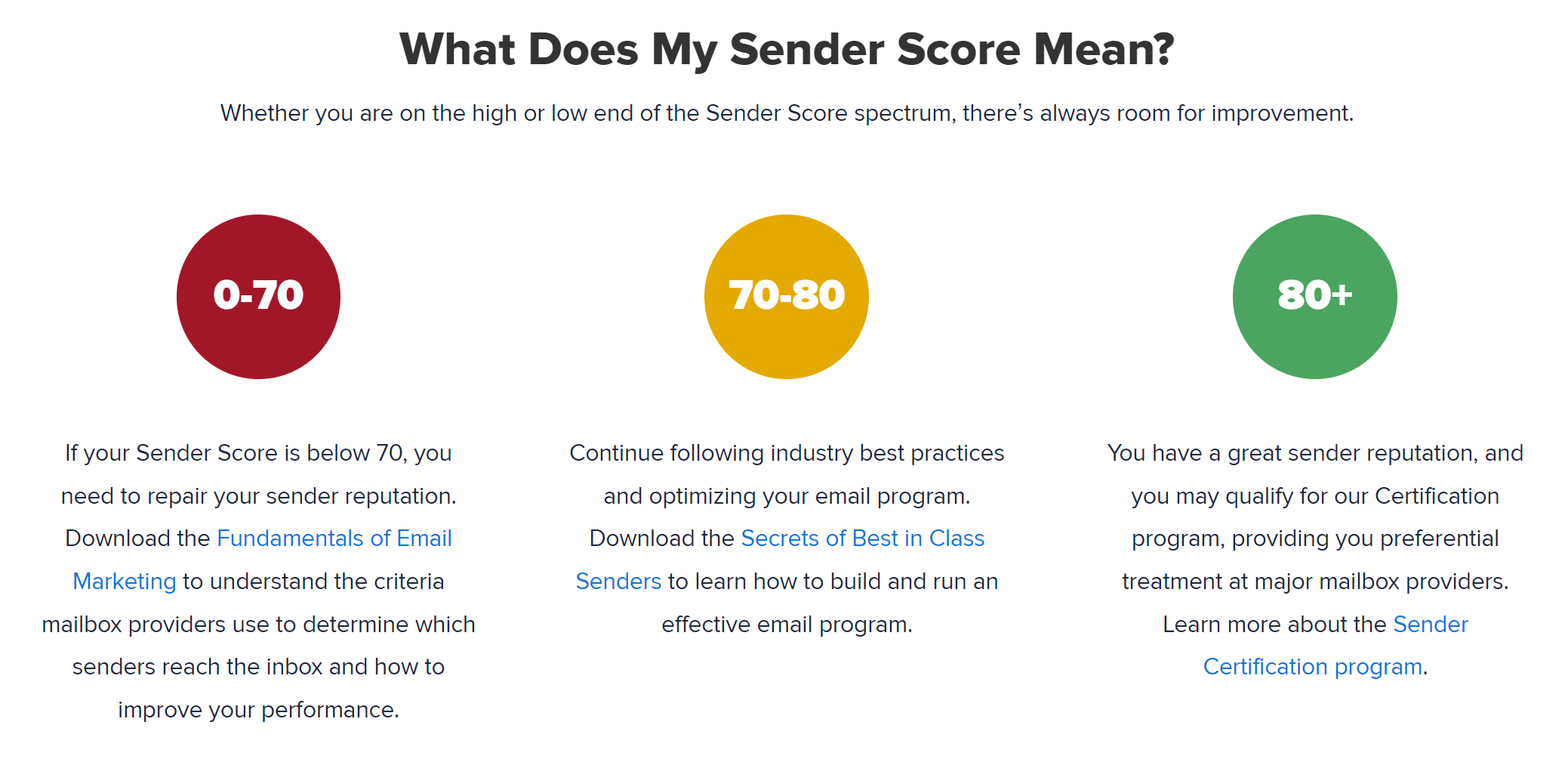
Specifically, if your score is between 0 and 70, it means that your emails will be heavily filtered, so you need to take action to fix this. Scores over 70 mean your emails will have less/minimal filtering.
This calculation is performed based on a 30-day rolling average.
2. Talos
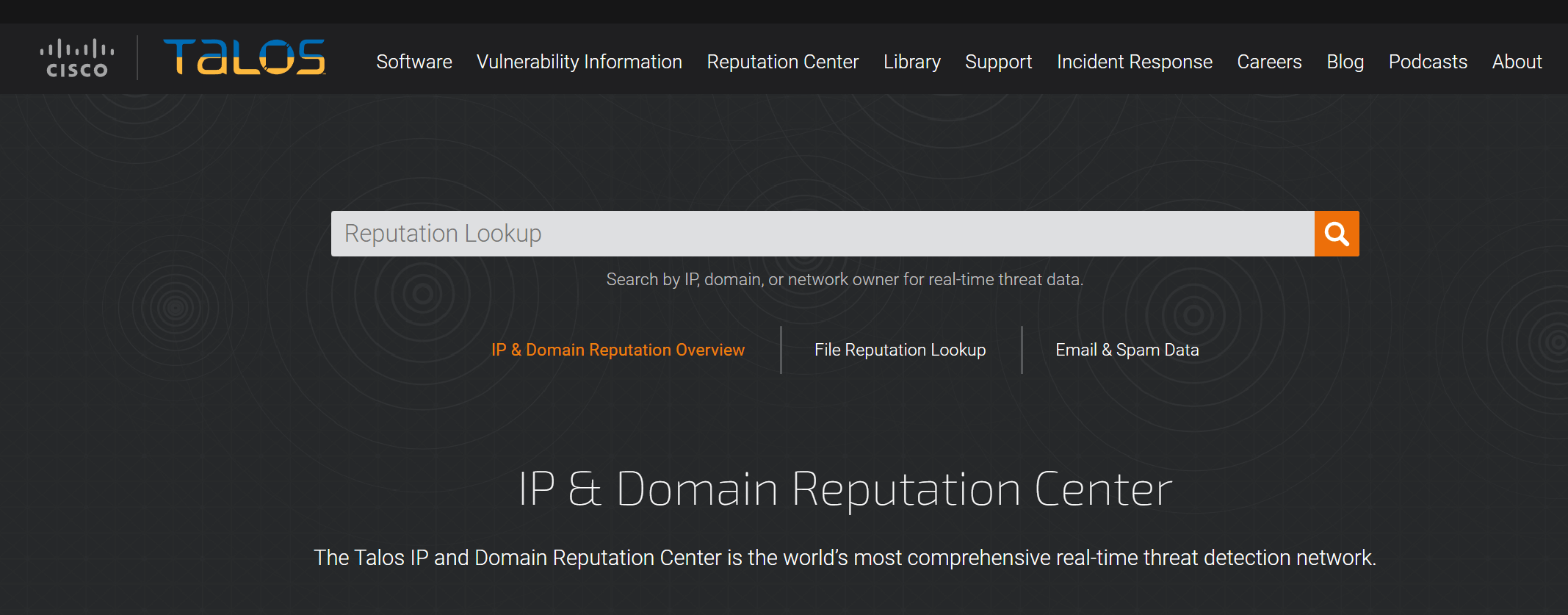
Talos is a public IP reputation lookup tool offered by Cisco. It allows you to enter your IP or your domain to check the reputation. Essentially, the service associates your “web reputation” with messages delivered across numerous IPs.
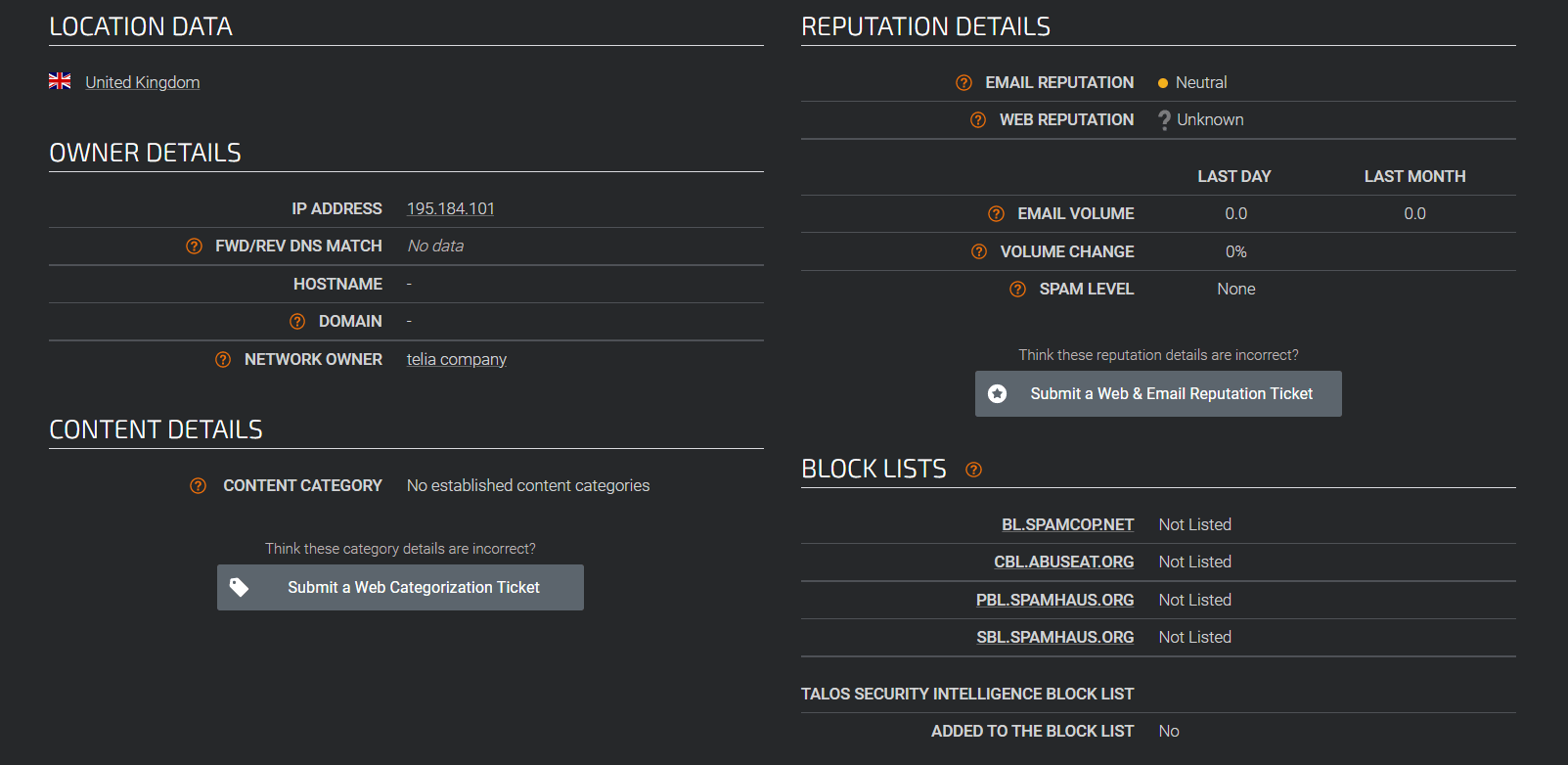
The IP or domain reputation is judged as Good, Neutral, or Poor by other email service providers. If your reputation is Good, then it means there is no need to worry. A Poor reputation means that most of your emails are not getting delivered to the inbox. Finally, Neutral indicates that there is room for improvement or there is not adequate information about your domain (low volume).
3. Google Postmaster Tools
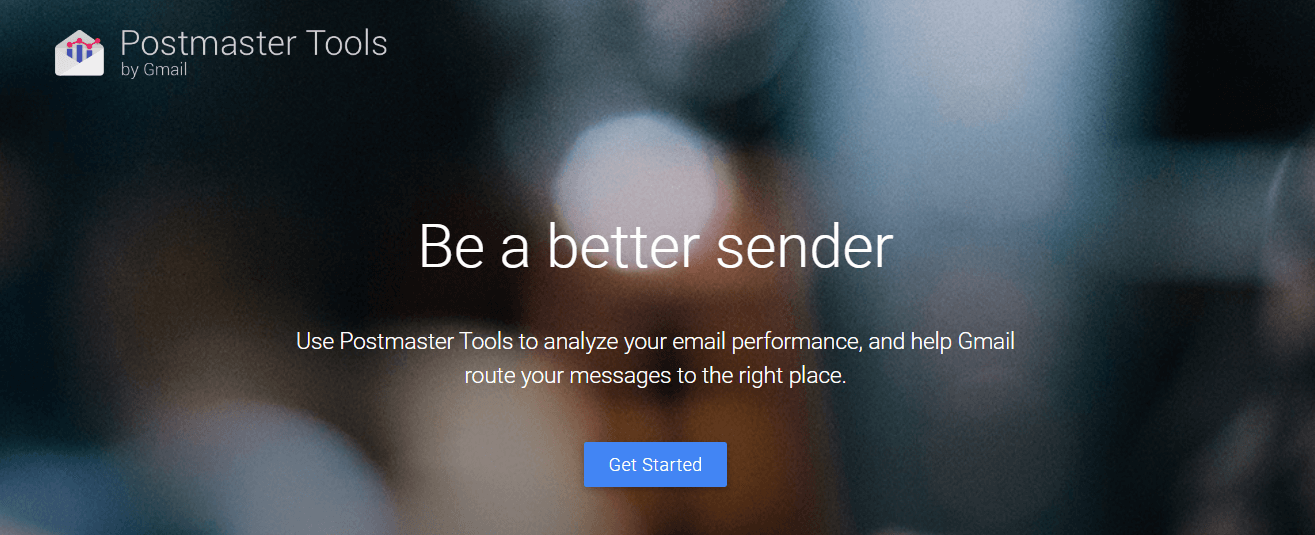
Postmaster Tools are offered by Google to analyze your email performance and see which of your emails are getting delivered and which aren’t. Among the tools, you can find IP and domain reputation checks, Gmail delivery errors, and more. Last but not least, Google shares information regarding spam reports, authentication, and email encryption.
4. Barracuda Central
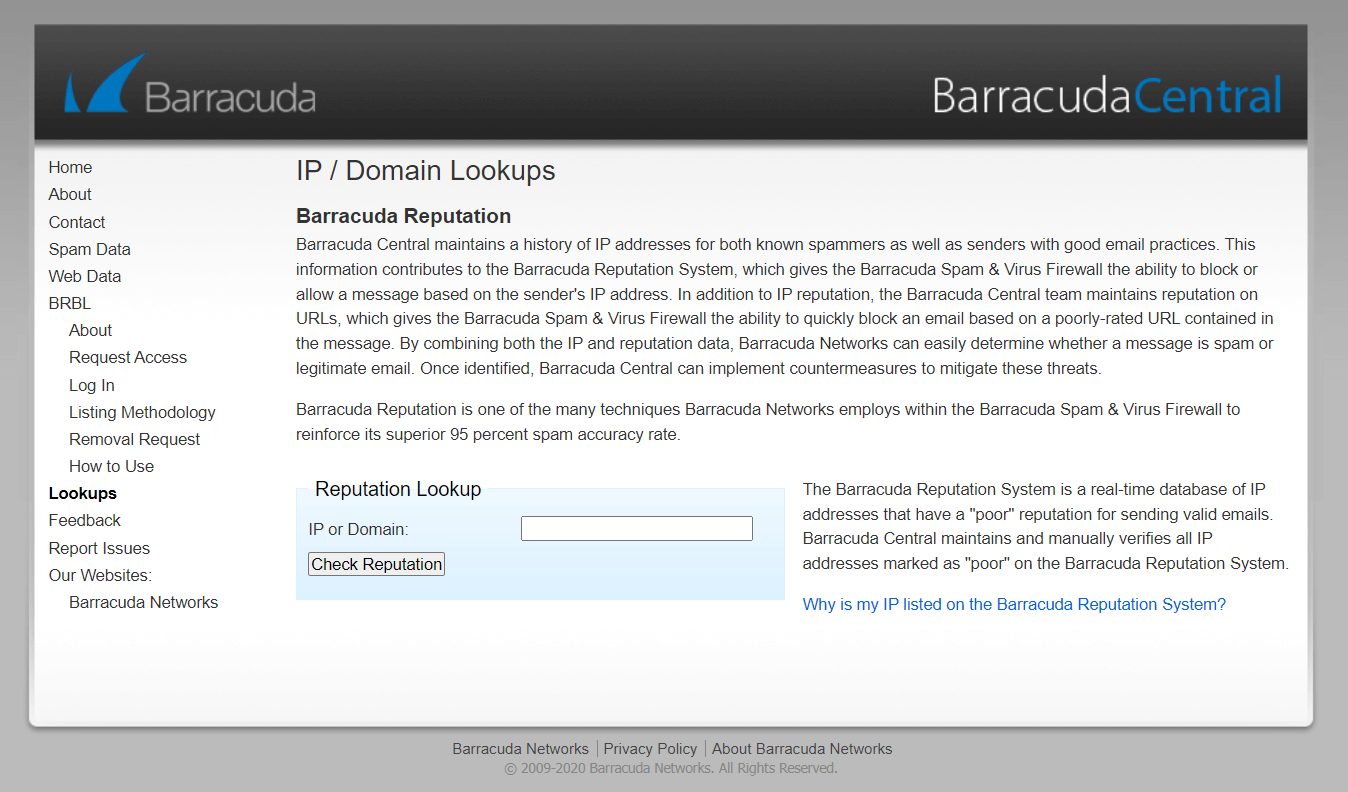
Barracuda Central uses a real-time database of IP addresses that have a “poor” reputation for sending valid emails. This IP reputation service uses the sending history of IP addresses to establish the likelihood of legitimate messages coming from those addresses. The Barracuda Spam and Virus Firewall can deny or allow an email based on the sender’s IP address.
5. Cyren IP Reputation Check
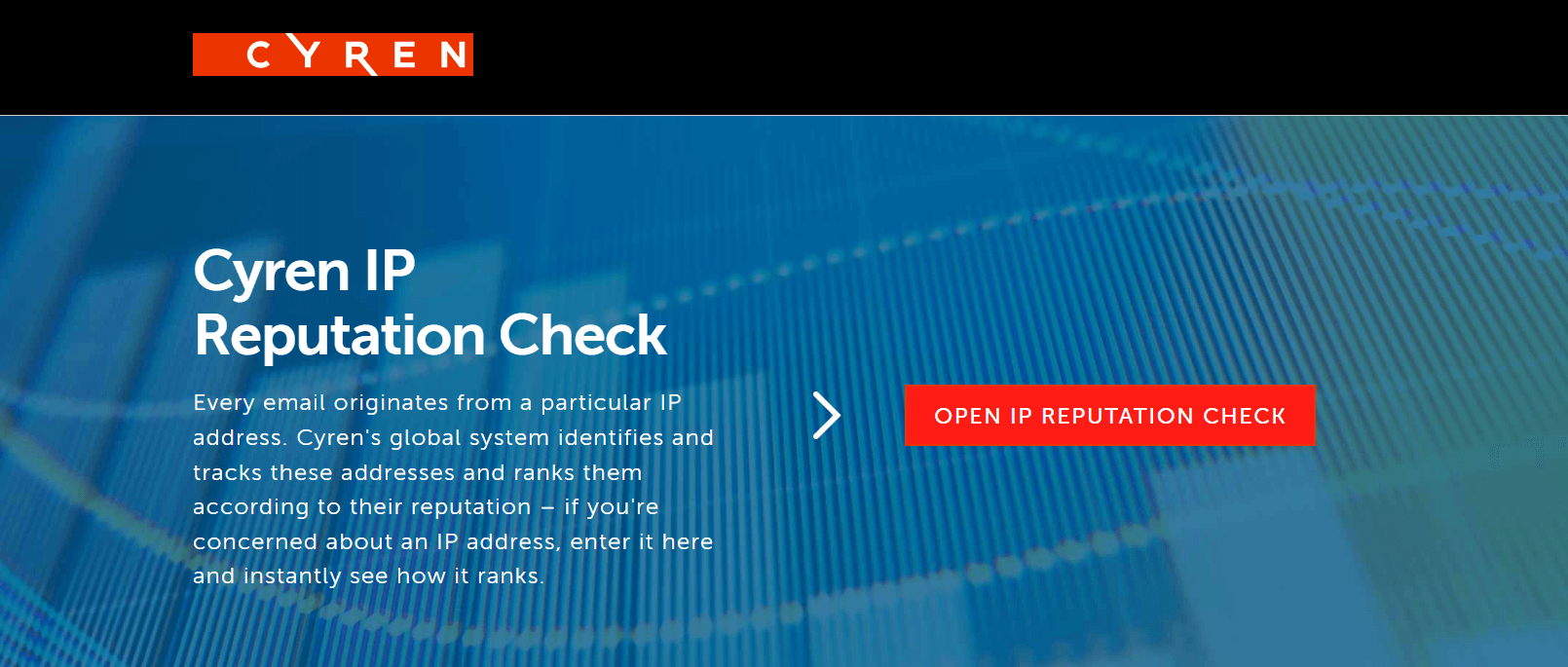
Cyren IP Reputation Check is a useful tool that identifies and tracks IP addresses and ranks them according to their reputation. It only offers basic information, but it surely shows the risk level of emails coming from particular IP addresses. However, it doesn’t provide any solutions to improve your IP reputation.
But rest assured! We’ll look at all those ways in the section down below.
How To Improve IP Reputation
A negative IP reputation may take some time to fix, but it’s important to take the steps required to establish your reputation as a trusted source.
Below you’ll find some email-related steps you can take to improve your reputation score and improve your deliverability rate.
1. Clean your email list regularly
Most marketers and business owners are tempted to keep a large email list. However, this is not ideal and it can even cause more harm than good. So, you must regularly check and remove inactive, unresponsive and unengaged email addresses from your list.
Of course, you can set up an automation sequence in your email marketing platform and perform list cleaning automatically.
Email list cleaning is also helpful in detecting and removing spam traps.
2. Use double opt-in
Double opt-in is the practice of asking your subscribers to confirm their subscription. In this way, you ensure that users further show their interest in your brand or content and that their subscription was not for testing purposes or coincidental.
This method is beneficial to maintain a healthy email list, while it also shows ISPs that users indeed want to receive your content.
3. Warm up your IP
If you plan on sending high email volumes, you should warm up your IP to build a good reputation. This means gradually increasing your email sending and not sending massive campaigns right away. High email volumes from new senders can trigger the ISP’s red flags.
4. Proofread your emails
Users may easily flag an email as spam if they find weird typos or grammatical mistakes in the email copy. So, it’s essential to proofread your campaigns before sending them either by asking a fellow colleague or using a grammar checker tool.
At the same time, spammy words or phrases may trigger spam filters and alert ISPs to divert your emails to the spam folder.
5. Let users unsubscribe easily
Hiding the unsubscribe button from your emails can be disastrous, as this practice will only annoy subscribers and make them find the “report” button. If users want to unsubscribe, then let them. They are not your ideal target customers anymore.
6. Use separate email servers
It’s a good idea to use different email servers for your business’s marketing needs and your internal communications. In this way, you protect your IP and increase its reputation.
7. Adhere to standard email protocols
Email protocols like SPF, DKIM and DMARC authenticate and prove to ISPs and mail services that senders are authorized to send emails from a certain domain. These protocols also help organizations tackle impersonation attacks and email compromise. You can ensure DMARC is set up correctly with Moosend’s DMARC Checker tool.
FAQ
Here are some of the most frequently asked questions regarding IP reputation.
1. How does an IP reputation checker help me?
An IP reputation checker enables you to monitor the quality of emails coming from an IP and shows you negative server behaviors (filtering, blacklisting, etc.) or user behaviors (emails marked as spam/phishing) happening when users receive these emails.
2. How do I know if my IP has been blacklisted?
When your IP or domain gets blacklisted, you don’t get notified, so you need to investigate on your own. To see whether your IP has been blacklisted, you can use a specific blacklist tool like MXToolbox and perform a blacklist check.




 Published by
Published by

 Published by
Published by
